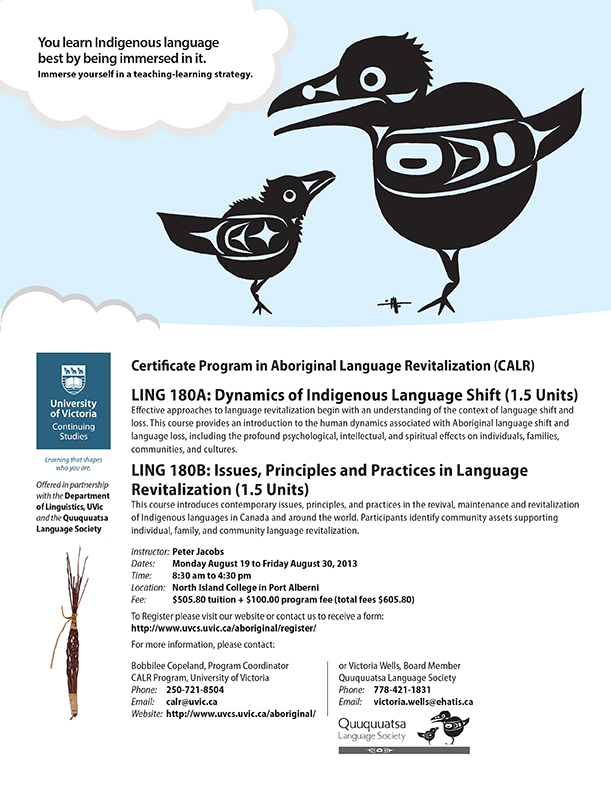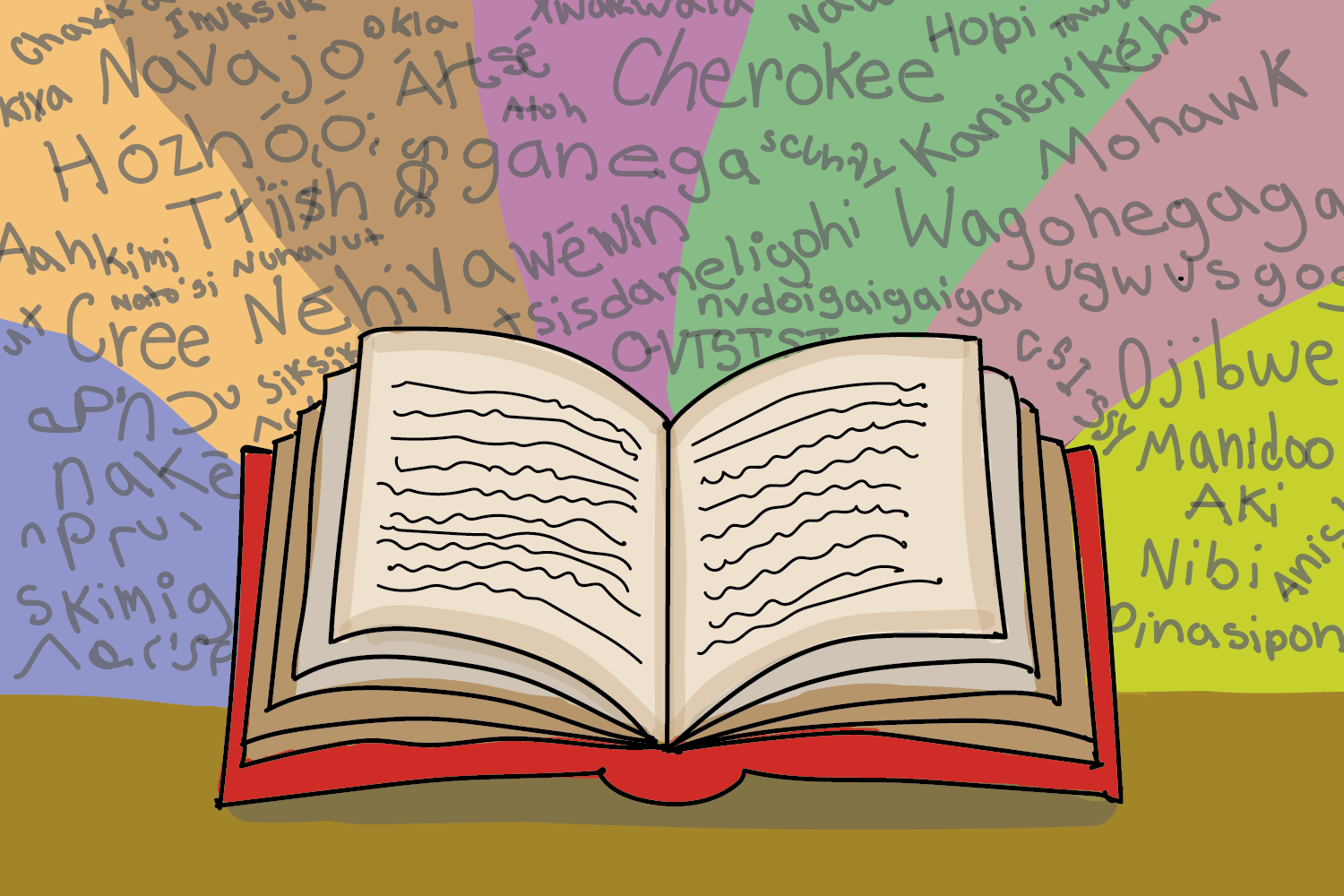Reviving Voices: A Deep Dive into Language Revitalization Programs
Reviving Voices: A Deep Dive into Language Revitalization Programs

The world is a tapestry woven with threads of language, each one representing a unique cultural heritage and a vibrant history. Yet, this tapestry is fraying at the edges. With globalization and the dominance of a few major languages, many indigenous and minority languages are facing extinction. This is where language revitalization programs step in, offering a lifeline to preserve linguistic diversity and cultural identity.
Understanding the Crisis: Why Language Revitalization Matters
Related Articles: Reviving Voices: A Deep Dive into Language Revitalization Programs
- The Alluring Eyes Of Rajasthan: A Glimpse Into Culture And Beauty
- Acondixty: Exploring The Meaning And Implications Of This Unique Word
- Unveiling The Meaning Behind Wampanoag Names: A Journey Through History And Culture
- Unveiling The Wealth Of Indigenous Cultures: Top 10 Richest Tribes In The World
- Unmasking The Wealth: Who Is The Richest Native American Tribe?
Language is more than just a means of communication; it’s the very foundation of a culture. It carries within it the stories, traditions, beliefs, and knowledge accumulated over generations. When a language disappears, it’s not just a loss of words; it’s the erasure of a whole way of life.
The decline of languages poses significant consequences:
- Cultural Erosion: Language is the vessel for cultural transmission. Its loss diminishes the ability to pass on ancestral knowledge, traditions, and values to future generations.
- Loss of Identity: Language is intricately linked to individual and collective identity. Its disappearance can lead to feelings of disconnection, alienation, and a sense of cultural loss.
- Diminished Biodiversity: Languages are repositories of knowledge about the natural world, including medicinal plants, agricultural practices, and environmental sustainability. Their loss diminishes our understanding of biodiversity and hinders efforts to conserve it.
- Cognitive Decline: Research suggests that multilingualism enhances cognitive abilities, including memory, attention, and problem-solving. The decline of languages can negatively impact cognitive function and overall well-being.

The Power of Revitalization: A Beacon of Hope
Language revitalization programs are crucial initiatives that aim to reverse the decline of endangered languages and empower communities to reclaim their linguistic heritage. These programs take a multi-faceted approach, focusing on:
- Language Documentation and Preservation: This involves recording and archiving endangered languages through audio, video, and written materials. This creates a valuable resource for future generations and researchers.
- Language Learning and Education: Revitalization programs offer language classes, immersion programs, and educational resources to promote fluency among younger generations.
- Community Engagement: These programs foster a sense of ownership and pride in the language by involving community members in the revitalization efforts. This could include organizing cultural events, creating language resources, and promoting language use in daily life.
- Technological Innovation: Technology plays a vital role in language revitalization. Online platforms, mobile apps, and digital resources can make language learning more accessible and engaging.

Types of Revitalization Programs: A Diverse Landscape
Language revitalization programs come in various forms, tailored to the specific needs and contexts of each community. Some common types include:

- Immersion Schools: These schools provide a fully immersive learning environment where students are taught exclusively in the endangered language.
- Community Language Programs: These programs offer language classes, workshops, and cultural events for community members of all ages.
- Language Nest Programs: These programs involve raising children in a language-rich environment, often within families or small groups.
- Digital Language Resources: Online platforms, mobile apps, and digital dictionaries provide access to language learning materials and promote language use in the digital sphere.
- Government Initiatives: Some governments have implemented policies to support language revitalization, such as funding for language programs, promoting language use in public institutions, and recognizing indigenous languages as official languages.
Challenges and Opportunities: A Path Forward
Despite the crucial role of language revitalization, these programs face numerous challenges:
- Funding Constraints: Language revitalization often requires significant financial resources for program development, teacher training, and community outreach.
- Lack of Resources: The lack of readily available language materials, dictionaries, and educational resources can hinder language learning.
- Limited Language Speakers: As the number of fluent speakers declines, finding qualified teachers and language mentors becomes increasingly difficult.
- Social and Cultural Barriers: The dominance of dominant languages and the perception of minority languages as "inferior" can create social and cultural barriers to language revitalization.
However, despite these challenges, there are also opportunities for success:
- Growing Awareness: Increased awareness of the importance of language diversity is leading to greater support for language revitalization programs.
- Technological Advancements: The development of digital language resources and online platforms provides new avenues for language learning and engagement.
- Community Empowerment: The involvement of communities in the revitalization process is crucial for its success. When people feel ownership and pride in their language, they are more likely to participate in revitalization efforts.
Case Studies: Inspiring Success Stories
The success of language revitalization programs is evident in various communities around the world. Here are a few inspiring examples:
- The Maori Language (New Zealand): Through government policies, community initiatives, and the adoption of the Maori language in education, the Maori language has witnessed a remarkable resurgence.
- The Hawaiian Language (Hawaii): The Hawaiian language was once on the verge of extinction. However, through language immersion programs, cultural events, and government support, it has experienced a significant revival.
- The Cherokee Language (United States): The Cherokee Nation has implemented various programs to revitalize the Cherokee language, including language immersion schools, community language classes, and the development of language resources.
Moving Forward: A Call for Action
Language revitalization is a collective responsibility. It requires a concerted effort from governments, educational institutions, communities, and individuals to ensure the survival of endangered languages.
Here are some ways you can contribute to language revitalization:
- Support language revitalization organizations: Donate to organizations that are working to preserve and revitalize endangered languages.
- Learn about endangered languages: Educate yourself about the importance of linguistic diversity and the threats facing endangered languages.
- Promote language use: Encourage the use of endangered languages in your community.
- Share your knowledge: If you are a speaker of an endangered language, share your knowledge with others through teaching, storytelling, or cultural events.
- Advocate for language rights: Support policies that promote language diversity and protect the rights of language speakers.
FAQs about Language Revitalization Programs:
Q: What are the benefits of language revitalization?
A: Language revitalization benefits individuals, communities, and society as a whole. It helps preserve cultural heritage, strengthens identity, fosters cognitive development, and promotes linguistic diversity.
Q: How can I get involved in language revitalization?
A: You can support language revitalization by donating to organizations, learning about endangered languages, promoting language use, sharing your knowledge, and advocating for language rights.
Q: What are some examples of successful language revitalization programs?
A: The Maori language revitalization in New Zealand, the Hawaiian language revival in Hawaii, and the Cherokee language revitalization in the United States are examples of successful language revitalization programs.
Q: What are the biggest challenges facing language revitalization?
A: Challenges include funding constraints, lack of resources, limited language speakers, and social and cultural barriers.
Q: What is the future of language revitalization?
A: The future of language revitalization is promising with growing awareness, technological advancements, and community empowerment. By working together, we can ensure that the rich tapestry of languages continues to thrive.

Closure
Thus, we hope this article has provided valuable insights into Reviving Voices: A Deep Dive into Language Revitalization Programs. We appreciate your attention to our article. See you in our next article!


